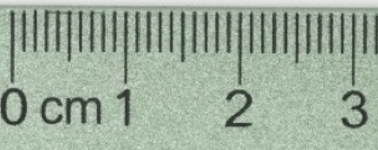This contains the substances that are reacting or changing
system
The actual length of a pencil is 15.0 cm. The student measures it to be 14.9 cm showing this in their measurement
Accuracy
In Unit 1, we used this value to measure the amount of a substance before we knew about the mole
Mass
Dimensional Analysis takes advantage of the fact that a number or unit divided by its is equal to this
One
Scientific Notation allows us to express these kinds of numbers more efficiently
Really large or really small
This contains everything that is not the system
surroundings
In a reaction that is repeated several times, students had to measure out 7.5 g of a solid. One group had values of 7.6 g, 7.4 g, 7.3 g, and 7.5 g showing this.
Precision
This value shows the amount of space a set of particles take up
Volume
This fraction is called this because it can help get the units that you start with into the units of the answer
Conversion Factor
In the number 390,000,000, this will be the decimal number if there are 3 sig figs
3.90
The reaction occurs in a sealed flask
closed system
In the measurement below there are this many significant figures
83002.0 +- 0.5
6 sig figs
This value tells you how many particles there are for each unit of volume
Density
In the equation below, the answer will have units of this
4.8 g xx ((1 cm)^3)/(2.5 g)
cm3
390,000,000
In the number above, this will be the exponent on the 10
8, 108
The reaction occurs in a beaker and makes a gas that leaves the beaker
open system
In the measurement below, the number that appears after what was measured shows this of the person taking the measurement
83002.0 +- 0.5
Precision
Particles that are moving slowly and are not packed tightly together are in this state of matter
Liquid
In order to know how many grams there are in a 500 mL sample of water, the density (1g/mL) should be set up as this.
(1 g)/(1mL)
0.0000346
The number above is written as this in scientific notation
3.46 x 10-5
Before the reaction occurs, the two substances had a mass of 5.0 g and after the reaction is complete the new substance has a mass of 10.0 g which follows this Law.
Law of Conservation of Mass
The pencil below has a measured length of 2.45 cm. When measuring you need to record all the known values (2.4) and this (the italicized 5)


Estimated Digit
In the equation of a line, this value is the Density.
y = 9.45 x + 0.01
The Slope, 9.45
In the equation below, the answer will have units of this.
3099.4 g xx (1 mL)/(3.26 g) xx (1L)/(1000 mL)
Liters, L
9,460,590,000
The number above can be written as this in scientific notation and only has 4 sig figs
9.461 x 109